A PTFE (Polytetrafluoroethylene) molding machine is specialized equipment used to shape PTFE resin or powder into specific forms such as sheets, rods, and tubes. The machine is designed to handle PTFE, a high-performance polymer known for its excellent chemical resistance, high thermal stability, and low friction properties. PTFE molding machines are essential in industries like manufacturing, automotive, aerospace, and electrical, where PTFE components are used in demanding applications.
Key Components of a PTFE Molding Machine
A PTFE molding machine typically consists of several key components, including a heating chamber, mold cavities, pressing mechanism, and a cooling system. The machine may also feature a temperature control unit to ensure precise heat management throughout the molding process. The PTFE material is typically loaded into the machine as a powder or preform, which is then subjected to heat and pressure to shape it into the desired final form.
PTFE Molding Process
The PTFE molding process involves several key steps:
- Loading the Mold: PTFE powder or preform is placed into the mold cavity. The amount of material used depends on the final product size and shape.
- Heating: The mold is heated to a specific temperature, typically between 300°C and 400°C. This allows the PTFE to soften and become malleable without reaching its melting point.
- Compression: The mold is then pressed using hydraulic or mechanical force, which shapes the material into the mold’s cavity. This step is crucial for achieving the desired density and shape.
- Cooling: After compression, the molded PTFE is cooled, either naturally or with forced cooling, to solidify it into its final form.
Conclusion
A PTFE molding machine is a critical tool in shaping PTFE material for various industrial uses. The molding process, which involves heating, compression, and cooling, ensures that PTFE retains its superior properties while achieving the required shape and size.
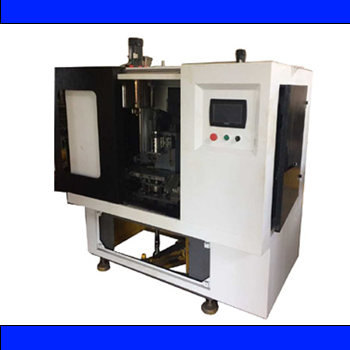
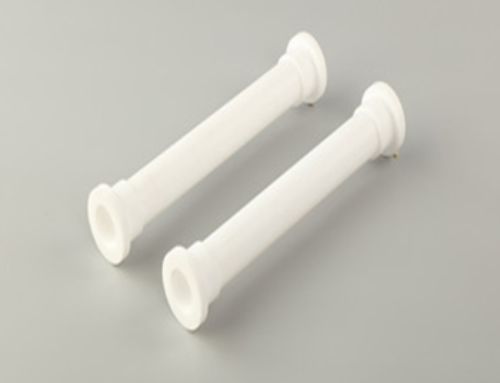
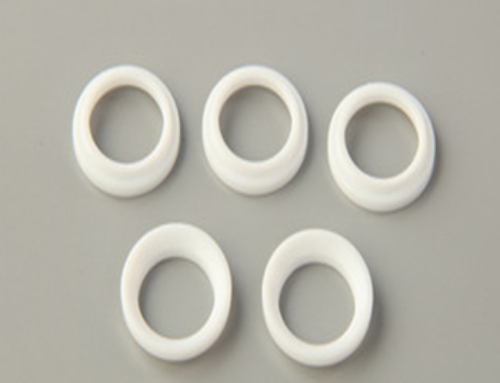
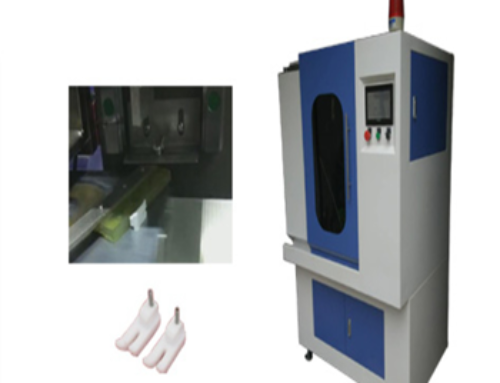
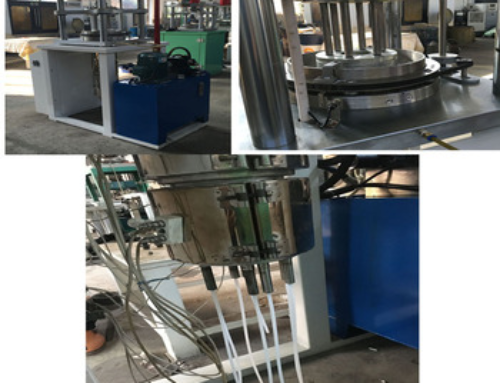
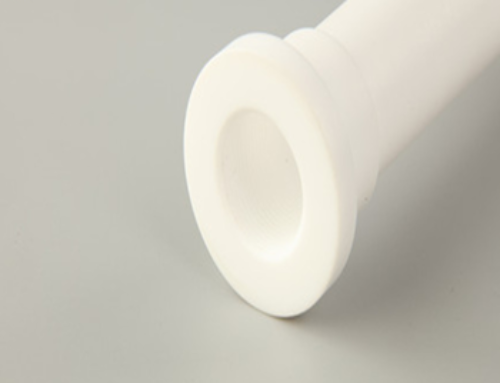

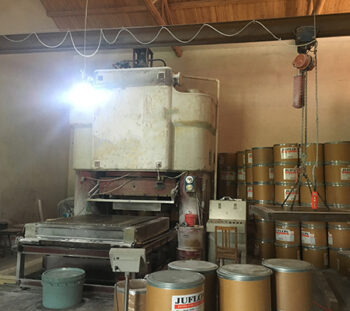
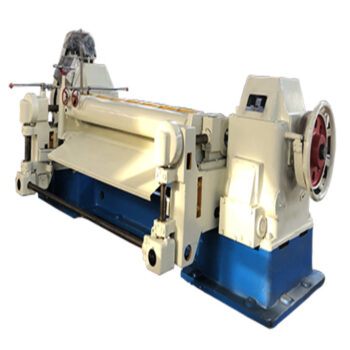
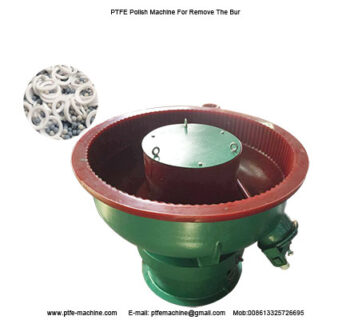
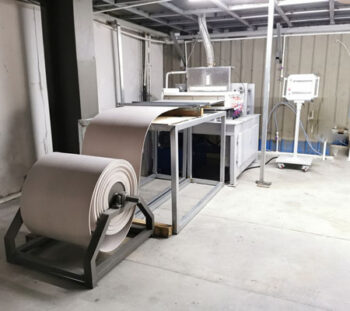


Leave A Comment
You must be logged in to post a comment.